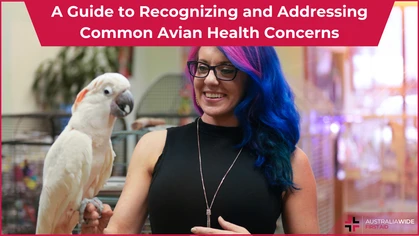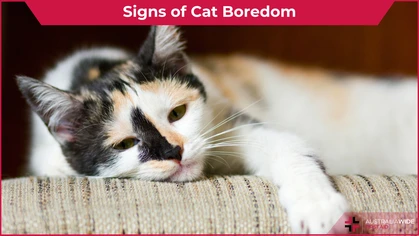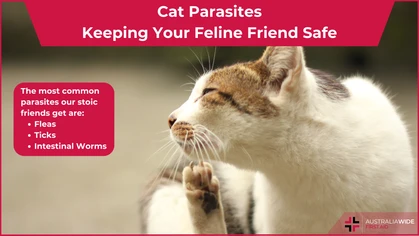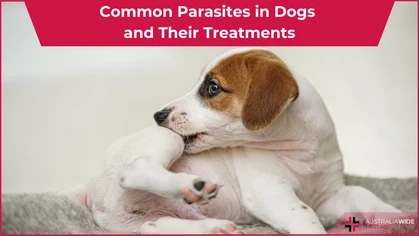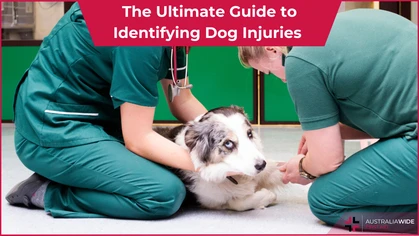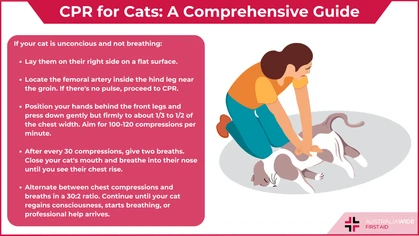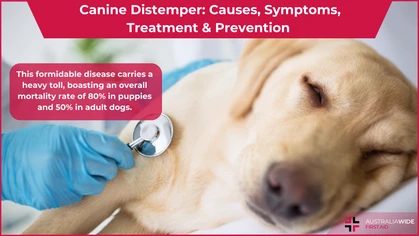Wound Care for Cats: What You Need to Know

Pets
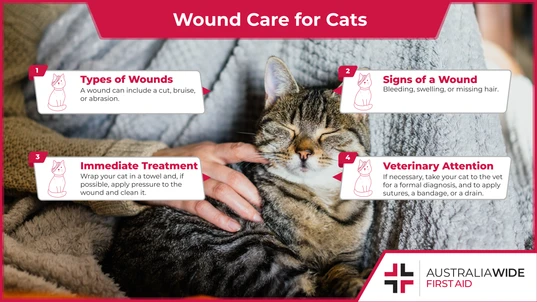
Cats are prone to injuries. Some injuries can be treated at home, while others need a formal veterinary diagnosis and treatment. It is important to know basic wound care for cats, as these injuries can become infected and lead to ongoing complications.
Cats are just as prone to minor injuries as any other animal. Many cuts (lacerations), bruises (contusions), and abrasions (scrapes) are not dangerous and heal quickly. Other wounds may necessitate stitches and more acute emergency care.What to Look out For
Fresh wounds typically exhibit one or more of the following characteristics:- Bleeding
- Swelling
- Hair is missing
- Skin that has been cut, scratched or torn
- Limping
- Tenderness or discomfort
- The wound's discharge (pus)
- Affections (a collection of pus under the skin)) and the hole in the skin that results when the abscess ruptures and drains
- Fever symptoms (e.g., lethargy and ears that feel hot to the touch)
The Root Cause
Wounds can occur due to being hit or bumped with hard or sharp items, dodging cars, being attacked by animals, or other risks.Immediate Attention
What you can do at home will ultimately be determined by your cat. Sometimes, you can only wrap your cat in a towel or put him in a carrier and take him straight to the vet. However, if your cat allows it, you may do a few things, especially if getting to your vet takes some time.The best way to stop a bleeding cut is to apply direct pressure to it.
Apply pressure to the wound after covering it with sterile gauze or a clean cloth. The bleeding may take 5 to 10 minutes to stop. When it does, tape the gauze in place; removing it may cause the clot to break and the bleeding to resume.Look for Any Other Wounds
Clean the wound if there is no bleeding and the cut (laceration) or abrasion (graze) appears tiny. Use an antiseptic solution or simple water to clean the wound gently, followed by a syringe or similar instrument to flush the solution over the wound's surface. Antiseptic solutions are created by diluting concentrated store-bought solutions containing the active component povidone-iodine or chlorhexidine diacetate. Alcohol and hydrogen peroxide should not be used on wounds since they cause tissue damage. Povidone should be diluted until it is the color of weak tea, and chlorhexidine should be diluted until it is pale blue. If the laceration is lengthy or deep, or if it is a puncture wound, clean the edges as previously indicated, but do not irritate the incision. Let the veterinarian handle it. After you've done everything you can, take your cat to the vet.
Depending on how serious your cat's wound is, it may need to be tended to by a veterinarian. Your vet will make a diagnosis by assessing the wound, and by assessing your cat for signs of illness. They may then order specialist tests to guide the treatment.
Veterinary Attention
Diagnosis
Your veterinarian will thoroughly inspect your cat and assess any wounds discovered. Your cat will also be evaluated for possible signs of illness. For a thorough examination, the cat's hair must be shaved. Some wounds may necessitate X-rays. Sedation may also be required for the test.Treatment
The primary goals of treatment are to avoid infection and hasten to healing. To attain these goals, different types of wounds necessitate different approaches. In most circumstances, your cat will require sedation or an anesthetic to treat the wounds safely and painlessly. A thorough washing and perhaps a little skin adhesive to hold the margins of the wound together is typically all that is required for minor scrapes and cuts. Prolonged and deep wounds necessitate thorough cleaning to ensure there are no foreign bodies in the wound and a thorough assessment to identify the degree of the injury. Suturing is likely if the incision is less than 12 hours old and not highly polluted. Puncture wounds, particularly those caused by animal attacks, frequently involve considerable damage beneath the skin that is not obvious on initial examination. After removing foreign bodies, these wounds must be extensively explored and meticulously cleaned with vast amounts of antiseptic solution. It's possible that surgical intervention is required to repair tissue damage that's occurred at the deeper levels of the wound. Meanwhile, puncture wounds and wounds over 12 hours old, contaminated or displaying signs of infection, abscessed, or missing significant parts of the skin are not routinely sutured. Instead, they are bandaged until the wound heals or is healthy enough that sutures assist the wound rather than trapping infection in it. Large or deep wounds, contaminated wounds, or wounds with repeated punctures may need a Penrose drain. This soft rubber tube drains excess contaminated tissue fluid, leaving a small aperture for an antiseptic solution to flush through the incision. Your veterinarian will give your cat antibiotics and maybe pain relievers, which you will need to continue at home. The majority of cats are discharged within 24 hours after their arrival. The most important thing you can do for your cat after arriving home gives proper care. Fortunately, this usually takes only one to two weeks.Good Care Entails
Preventing your cat from licking, gnawing, or clawing at wounds, stitches, dressings, or drains This may require an Elizabethan collar. Maintain clean and dry dressings and change them as suggested by your veterinarian. This could be up to two or three times each day at first. If your cat is uncooperative, you may need to take them back to the vet to have them changed. If the dressings become wet, or if you notice an odor, rubbing, or an increase in drainage (or if the drainage persists), take your cat to the veterinarian for an examination. If the cat can't lick it off, apply a thin layer of antibiotic ointment to the wound edges once or twice a day. Ensure that your cat is receiving all prescribed meds. Contact your veterinarian if you are having difficulty administering it. Unless the wounds are severe or there are difficulties, the standard post-vet protocol is as follows:- 3 to 5 days after installation, Penrose drains are removed.
- Sutures are removed 10 to 14 days after they are placed.
- Antibiotics are typically used for 7 to 10 days.
Prevention
Because cats are most likely to be wounded when they run around outside uncontrolled, the best preventative is to either keep the cat indoors or restrict it to a safe, confined location.
Originally published at
https://www.australiawidefirstaid.com.au/resources/wound-care-for-cats
as part of the Australia Wide First Aid Articles Library

